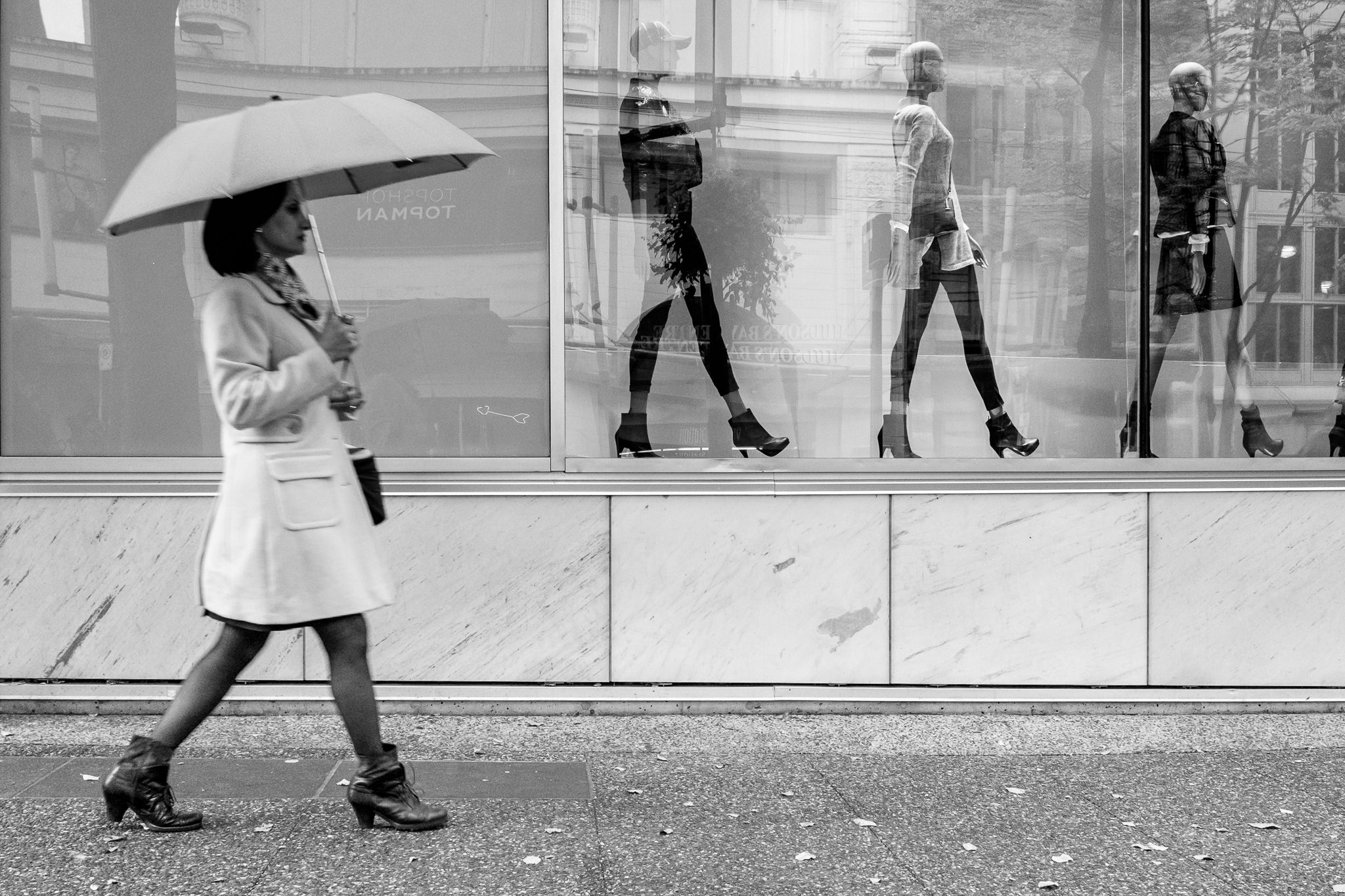The Facts About Framing Streets Uncovered
The Facts About Framing Streets Uncovered
Blog Article
Framing Streets Fundamentals Explained
Table of ContentsThe Ultimate Guide To Framing StreetsGetting The Framing Streets To WorkFraming Streets Fundamentals ExplainedSome Known Details About Framing Streets The Ultimate Guide To Framing StreetsSome Known Details About Framing Streets
, usually with the purpose of recording images at a decisive or poignant minute by careful framing and timing. https://www.openlearning.com/u/davidturley-s71apy/.
Framing Streets - The Facts
Susan Sontag, 1977 Road photography can concentrate on individuals and their behavior in public. In this respect, the street photographer is similar to social documentary professional photographers or photographers that likewise operate in public places, however with the purpose of catching relevant occasions. Any of these photographers' pictures might capture people and property noticeable within or from public places, which frequently entails browsing ethical problems and regulations of personal privacy, security, and home.
Depictions of day-to-day public life create a style in virtually every duration of world art, starting in the pre-historic, Sumerian, Egyptian and very early Buddhist art periods. Art managing the life of the street, whether within sights of cityscapes, or as the leading theme, appears in the West in the canon of the North Renaissance, Baroque, Rococo, of Romanticism, Realistic look, Impressionism and Post-Impressionism.
Excitement About Framing Streets
Louis Daguerre: "Blvd du Holy place" (1838 or 1839) In 1838 or 1839 the first photo of figures in the street was tape-recorded by Louis-Jacques-Mand Daguerre in among a set of daguerreotype views drawn from his workshop home window of the Boulevard du Temple in Paris. The second, made at the elevation of the day, shows an unpopulated stretch of road, while the various other was taken at concerning 8:00 am, and as Beaumont Newhall reports, "The Boulevard, so constantly loaded with a relocating crowd of pedestrians and carriages was flawlessly singular, except a person who was having his boots cleaned.
, who was motivated to take on a comparable paperwork of New York City. As the city developed, Atget aided to promote Parisian roads as a worthy topic for digital photography.

3 Easy Facts About Framing Streets Described
Martin is the first tape-recorded digital photographer to do so in London with a masked video camera. Mass-Observation was a social study organisation established in 1937 which intended to record day-to-day life in Britain and to tape-record the responses of the 'man-in-the-street' to King Edward VIII's abdication in 1936 to marry separation Wallis Simpson, and the sequence of George VI. The principal Mass-Observationists were anthropologist Tom Harrisson in Bolton and poet Charles Madge in London, and their initial report was created as guide "May the Twelfth: Mass-Observation Day-Surveys 1937 by over 2 hundred observers" [] Window cleaner at Kottbusser Tor, Berlin, by Elsa Thiemann c. 1946 The post-war French Humanist Institution digital photographers discovered their topics on the road or in the bistro. Andre Kertesz.'s extensively appreciated Images la Sauvette (1952) (the English-language version was entitled The Decisive Minute) promoted the concept of taking an image at what he described the "decisive minute"; "when kind and content, vision and structure merged right into a transcendent whole" - 50mm street photography.
Little Known Facts About Framing Streets.
The recording maker was 'a concealed camera', a 35 mm Contax concealed under his layer, that was 'strapped to the breast and connected to a lengthy cord strung down the right sleeve'. His work had little contemporary effect as due to Evans' sensitivities regarding the creativity of his job and the personal privacy of his topics, it was not released up until 1966, in the publication Several Are Called, with an introduction written by James Agee in 1940.
Helen Levitt, then an educator of children, connected with Evans in 193839. She documented the temporal chalk illustrations - photography presets that became part of children's street culture in New York at the time, along with the kids that made them. In July 1939, Mo, MA's new digital photography area consisted of Levitt's job in its inaugural exhibitionRobert Frank's 1958 publication,, was significant; raw and frequently indistinct, Frank's pictures questioned mainstream photography of the time, "tested all the formal rules set by Henri Cartier-Bresson and Walker Evans" and "contradicted the wholesome pictorialism and wholehearted photojournalism of American publications like LIFE and Time".
Report this page